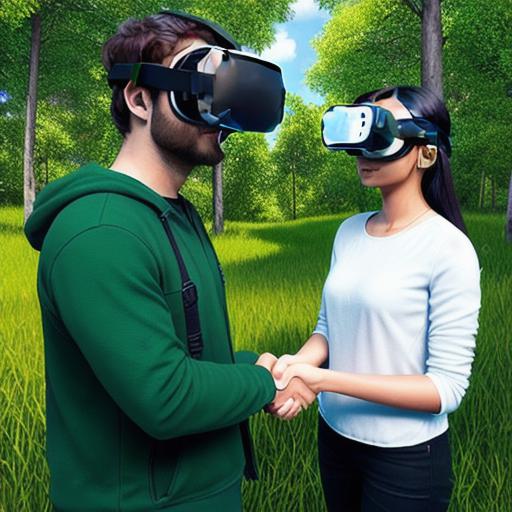The Metaverse, a term coined by science fiction author Neal Stephenson in his novel "Snow Crash," has become a buzzword in recent times due to its potential as the next evolution of the internet. But what exactly is the Metaverse, and is it a tangible reality or just a virtual concept?
Understanding the Metaverse
The Metaverse refers to a collective virtual shared space, created by the convergence of virtually enhanced physical reality and physically persistent virtual space, including the sum of all virtual worlds, augmented reality, and the internet. In simpler terms, it is an immersive, interactive, and three-dimensional digital environment where users can interact with each other and objects in real time.
Tangible Aspects of the Metaverse
Although the Metaverse is primarily a virtual concept, it does have tangible aspects that make it more realistic and engaging.
For instance:
- Virtual Goods and Assets: Users can buy, sell, or trade virtual goods and assets in the Metaverse, which can be used to customize avatars, build virtual homes, or even start businesses. These goods have value and ownership, making them tangible.
- Physical Interactions: Although users interact primarily through digital means, physical interactions are also possible via haptic feedback and VR/AR headsets that simulate touch and motion sensations.
- Virtual Economies: The Metaverse hosts virtual economies where users can earn and trade virtual currencies, making transactions as real as in the physical world.

Intangible Aspects of the Metaverse

Despite its tangible aspects
, the Metaverse remains primarily an intangible concept.
Here are some reasons why:
- Imaginary Worlds: Users can create and explore imaginary worlds within the Metaverse that do not exist in reality.
- Limited Physical Impact: Interactions in the Metaverse do not have a direct physical impact on the real world, making them intangible.
- Virtual Identity: In the Metaverse, users can adopt different identities or avatars that are not tied to their physical selves, adding an intangible layer to the experience.
Conclusion
So, is the Metaverse a tangible reality or just a virtual concept?
The answer lies in the middle – it is both. While it has tangible aspects such as virtual goods, interactions, and economies, it remains primarily intangible due to its imaginary worlds, limited physical impact, and virtual identities. Regardless, the Metaverse is an exciting new frontier that blends the best of reality and imagination, offering limitless possibilities for creativity, connection, and exploration.
